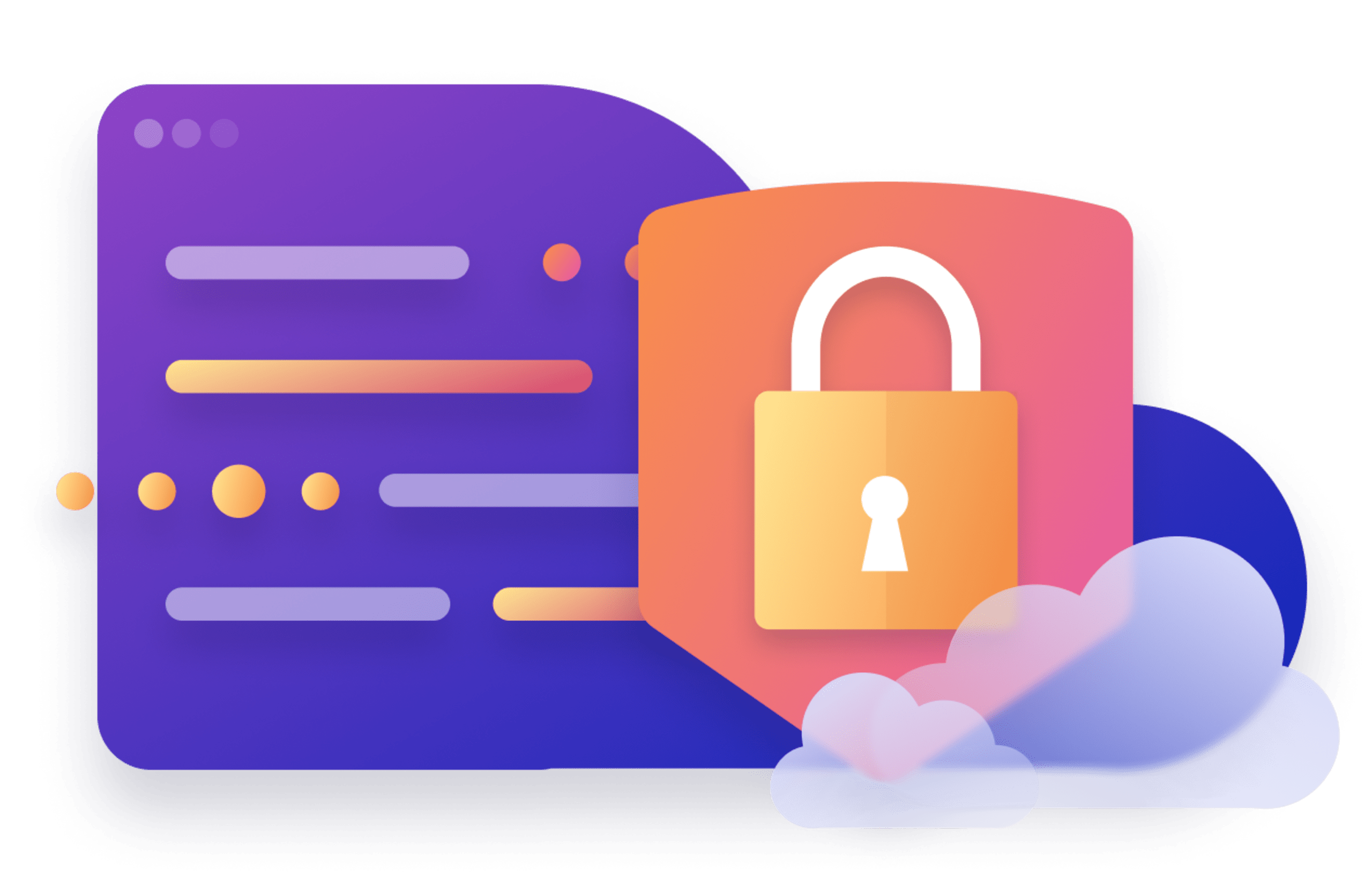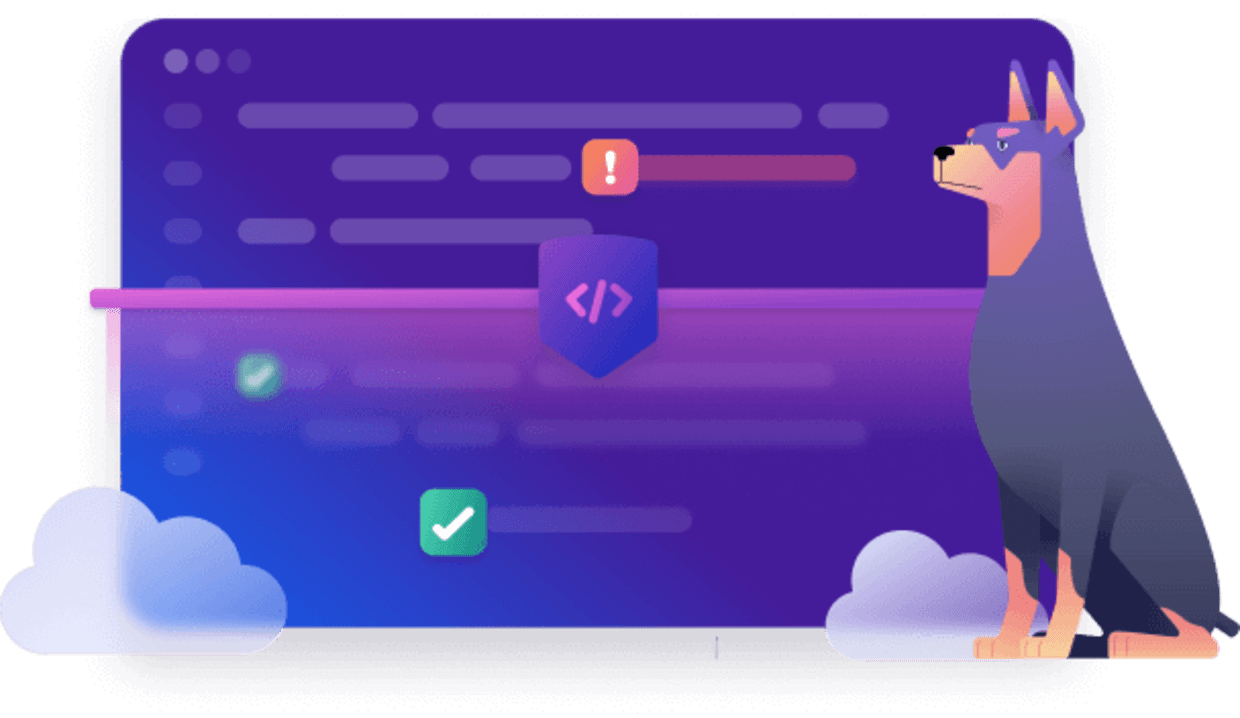In diesem Abschnitt
The Future of Web Application Security: 4 Trends for Organizations to Stay Ahead
Snyk Team
Modern development practices have shifted digital transformation into overdrive, building hyper-connected, API-driven applications at record speed. This is great for customers, getting a constant flow of new content and features in days or weeks rather than months or years.
However, there is a cost to rapid growth and development.
Businesses are not the only ones improving their processes to be more efficient; cybercriminals are evolving just as fast. Traditional security, with its perimeter defenses, manual testing, and reactive measures, was not made for this word. It isn’t just outdated; it’s a liability. Today’s threats move faster, adapt smarter, and exploit vulnerabilities before security teams spot them.
The next decade isn’t about patching holes. It’s about a fundamental shift in defense. AI-driven detection, automation, and zero-trust security aren’t optional. They’re survival tactics. With APIs and cloud-native architectures dominating, security must be built in from the start, not slapped on at the end. The organizations that fail to adapt won’t just fall behind. They’ll be left defenseless in a war they can’t win.
How cyber threats are evolving
For years, cybersecurity has focused on perimeter defenses—locking down networks and assuming attackers could be kept out. But modern threats don’t have to break through the gates; they exploit vulnerabilities inside applications, APIs, and third-party dependencies. Attackers have evolved, and security must evolve with them.
AI-powered cyberattacks now automate reconnaissance, refine phishing techniques, and dynamically adjust malware to bypass detection. Traditional rule-based security can’t keep up with threats that learn and adapt in real time. At the same time, APIs have become a prime attack vector, exposing sensitive data through weak authentication, misconfigurations, and excessive permissions. Every exposed endpoint presents a new opportunity for exploitation.
Supply chain attacks further complicate security as organizations increasingly rely on third-party libraries, cloud services, and open source dependencies. A single compromised component—like in the SolarWinds or Log4j breaches—can cascade across thousands of applications, making unchecked dependencies a critical risk.
With these evolving threats, perimeter-based security is obsolete. Firewalls and network controls can’t stop attackers who exploit application-layer vulnerabilities. The future of web application security isn’t about building stronger walls—it’s about eliminating blind spots. It will require a shift in how organizations think about and implement security. And the time to start preparing for it is now.

4 Key trends shaping the future of web application security
The way organizations defend web applications is undergoing a fundamental shift. Security is no longer about building higher walls—it’s about embedding resilience directly into the development process. The traditional reliance on firewalls and scheduled security scans is no match for today’s rapidly evolving threats. Attackers move fast, exploit automation, and target weaknesses before many organizations even realize they exist. Security must evolve at the same speed.
The future of web application security is proactive, intelligent, and deeply integrated into DevSecOps. Automation is taking center stage, allowing teams to detect vulnerabilities in real time rather than after deployment. AI-driven security tools are learning from attack patterns and adapting faster than static rule-based defenses. Zero-trust architectures are eliminating implicit trust, securing applications and APIs at every interaction rather than relying on outdated perimeter-based security.
AI-driven security: the new battlefield
Over the past year, AI has dominated headlines for its ability to generate media, make the most of business processes, and write code. But its impact on security is even more significant, and the game is already on. There’s no way we can deny it—AI is reshaping code development and security.
Code is already being generated by AI, and some predictions suggest that by the end of 2025, 90% of code will be AI-generated—even though research shows that an average of 48% of code produced by Large Language Models (LLMs) is insecure. Security policies are also already being created by AI, and AI applications are being secured by AI.
AI-powered tools do much of the impractical heavy lifting. They analyze massive datasets in real-time, detecting patterns and anomalies faster than human analysts could. By doing this, humans can manage distilled information rather than trudging through vast piles of data looking for vulnerabilities.
This shift enables organizations to move beyond reactive security—patching vulnerabilities after an attack—to a proactive model that anticipates and neutralizes threats before they materialize. By continuously learning from evolving attack patterns, AI-driven security systems will help defenders take advantage of this information to stay ahead of attackers rather than reacting after the fact.
All of this is leading to an evolution of developer roles, and it is accelerating the already untenable velocity of code that must be secured.
At the same time, new threat vectors are increasing rapidly. After all, AI isn't just a tool for defenders. Attackers also have access to it. Cybercriminals now use AI to automate and refine phishing campaigns, craft sophisticated deepfakes, and develop adaptive malware that evades traditional detection. The rise of adversarial AI presents a particularly alarming challenge, as attackers manipulate machine learning models to bypass security controls, feeding them poisoned data designed to deceive AI-driven defenses.
This is why organizations must be prepared—without fearing AI, as it can be a strategic ally in speed, innovation, and growth. In this new frontier, companies need to develop trust in AI, with the ability to develop fast and stay secure within a fully AI-enabled reality. It means knowing where AI is running, having good governance and controls, and understanding the existing risks AI presents. And, at the end of the day, choosing to adopt AI to drive innovation.
The rise of Zero Trust architectures
The old security model of trusting anything inside the network perimeter is crumbling. With modern applications spanning cloud environments, microservices, and API-driven architectures, implicit trust is a dangerous liability. Enter Zero Trust—an approach that eliminates blind spots by enforcing strict verification for every request, every user, and every device, regardless of location. In a zero-trust framework, security isn’t about defending a perimeter—it’s about securing every interaction, applying the principle of least privilege to ensure that only the right entities have access to the right resources at the right time.
Zero Trust means continuous authentication and authorization for web applications, not just at login but throughout an active session. Traditional security models often assume that users can freely interact with an application once they are authenticated. However, Zero Trust mandates revalidation at every step, ensuring access remains legitimate and that threats like session hijacking or lateral movement attacks are mitigated in real time.
Integrating Zero Trust principles with modern application security testing adds another layer of defense. By embedding continuous assessment into CI/CD pipelines, organizations can evaluate risks dynamically, adjusting access controls based on real-time threat intelligence.

The increasing role of automation in security
Legacy development processes ignore security, making it the final hurdle before deployment. Many put it off due to manual security testing, which is slow, reactive, and prone to human error. It is not that these processes don't discover vulnerabilities; it’s just that they are often too late in the process, leaving teams forced to either manage the problem and miss deadlines or release risky code.
Automation is the only way to break out of this cycle and build security into the development lifecycle. It takes embedding security checks directly into the software development lifecycle to detect vulnerabilities early and continuously. This transition is part of a shift-left approach that ensures that security is more than just an afterthought; it is a fundamental part of CI/CD pipelines.
By making this change, teams can use automated security testing tools, such as Static Application Security Testing (SAST) and Dynamic Application Security Testing (DAST), against their code and running environments every time a change is made. This creates a feedback loop of continuous analysis, allowing teams to identify and remediate threats before they ever reach production.
The future of API security
APIs are the connective tissue of modern applications, powering everything from microservices to third-party integrations. But their rapid adoption has far outpaced security measures, making them one of the most vulnerable attack surfaces in today’s digital landscape. Unlike traditional web applications, APIs expose direct access points to sensitive data and critical functionality, creating a playground for attackers. The risks are growing—APIs with weak authentication controls, excessive permissions, and improperly validated inputs can quickly become gateways for data breaches and system compromise.
The future of API security lies in automation, intelligence, and proactive defense. Automated API discovery will become necessary, helping organizations identify shadow APIs deployed without proper security oversight. Real-time threat detection will also take center stage, taking advantage of AI to spot anomalous API activity before attackers can exploit weaknesses. But security can’t stop at detection; it must be built into development workflows. Secure API design principles, such as enforcing least privilege access and adopting rigorous authentication mechanisms, will seamlessly integrate into DevSecOps practices.
Preparing for the future: proactive security strategies
Traditional approaches that rely on perimeter defenses and periodic security audits are no longer enough. Instead, security must be continuous, proactive, and deeply integrated into every development and deployment stage.
This shift requires moving from reactive security measures to a model where vulnerabilities are identified and mitigated before they ever reach production. AI-driven threat detection, zero-trust architectures, and automated security testing will be needed to achieve this vision. Those who embed these security controls into their DevSecOps pipelines will gain a competitive edge, building safer applications and stronger customer trust.
Companies that adapt this way will turn security from a bottleneck into a business enabler. They will detect threats as code is produced rather than weeks after production, allowing them to anticipate and neutralize them well before they materialize, rather than constantly playing whack-a-mole in response.

The role of Snyk in future-proofing security
As web application security evolves, organizations need solutions that don’t just react to threats but anticipate and neutralize them before they become costly incidents. Snyk is designed with this future in mind—providing adaptive security testing that continuously evolves alongside emerging threats. Unlike traditional security tools that flood teams with false positives, Snyk delivers high-accuracy scanning, ensuring developers and security teams focus on real vulnerabilities instead of chasing noise.
Security can’t afford to be an afterthought in fast-moving DevSecOps workflows. Snyk seamlessly integrates into CI/CD pipelines, embedding automated testing at every stage of development. With real-time vulnerability insights, developers can address issues early while security teams maintain visibility without slowing innovation. This proactive approach ensures that security keeps pace with development speed rather than becoming a last-minute roadblock.
By building comprehensive security with Snyk, compliance goes beyond being a check box, but is addressed as part of the development process. Continuous automated testing creates a traceable record of security management throughout the development lifecycle, simplifying the process of producing evidence for auditors. So, not only are teams meeting their compliance needs, but they are simultaneously building a stronger security posture.
Building for the future
Static defenses won’t cut it. AI-driven threats, automated attacks, and an ever-expanding attack surface will shape the future of security. Traditional models that rely on reactive responses are already falling behind. Organizations must shift to a proactive approach, integrating continuous testing, real-time threat detection, and adaptive security frameworks.
Automation and embedded security are no longer advantages. They are necessities. As cyber threats grow more sophisticated, companies that cling to outdated, manual processes will be left exposed. Staying ahead means adopting security solutions that evolve with the threat landscape.
Snyk helps organizations future-proof their security strategy with automated, scalable, and developer-friendly security testing. By integrating seamlessly into CI/CD pipelines, Snyk enables organizations to detect vulnerabilities early, strengthen their web applications and APIs, and stay compliant with evolving regulations.
The future of security belongs to those who prepare for it today. Get ahead of the next wave of threats—start your journey with Snyk now.
Application security that speeds up development
Learn about Snyk's AppSec solution, or read our buyers guide for developer security tools.